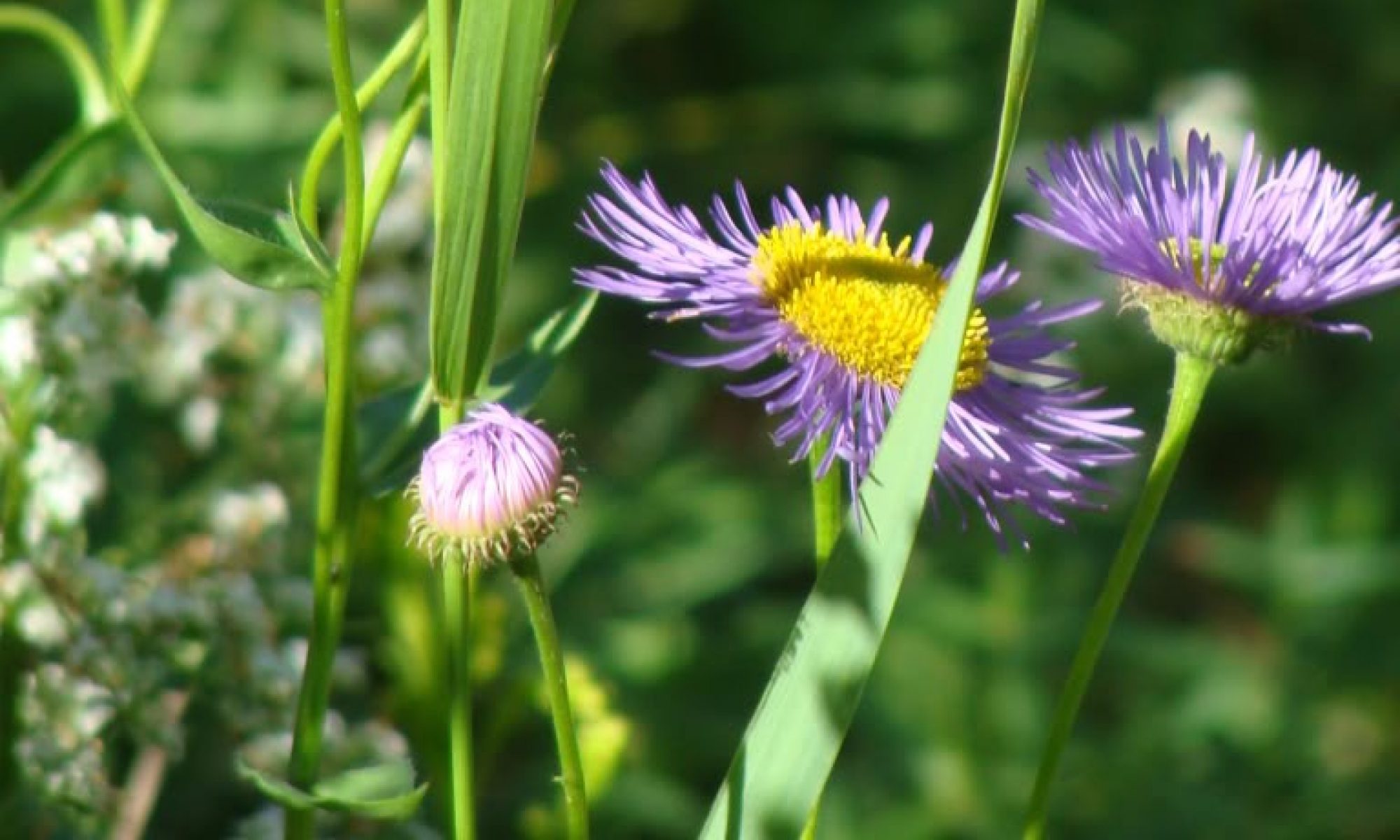My avid tennis playing has led to an overage of empty tennis ball cans. This year, I am recycling yogurt and cottage cheese containers and working on ways to utilize these ball cans in my native plant propagation. Today, I took Douglas aster cuttings and stuck them in the extra cans I had lying around the house. It was pretty fun! And it seems like a perfect fit.



Many native plant seeds have sprouted, including dozens of western columbine (Aquilegia formosa), hundreds of yellow monkeyflower (Erythranthe guttata), dozens of fireweed (Chamaenerion angustifolium), Puget gumweed (Chamaenerion angustifolium), and Henderson’s checkermallow (Sidalcea hendersonii).
I just ordered more native seeds for starting this spring/summer including lupine, pearly everlasting, madrone, and Iris tenax. I also ordered some Deschampsia cespitosa plants. I had tried to grow them from seeds and they never quite made it. The plants will be fun to mix in with the rye grass in the pseudo prairie that fronts the native plant garden.
The plants in the native plant garden are putting on a show.




The most joyful bloom, however, is one of the large-leaved avens (Geum macrophyllum) that I planted in the memory garden along the parking strip. My goal is to introduce a lot of native plants in this already-full garden in the coming years to move it towards 70% native. This avens makes me feel like this is an achievable accomplishment and I am really excited to keep the momentum going by adding dozens of asters, large-leaved avens, western columbine, fleabane, gumweed, and more.


There are bitter cherry suckers all around our garden left over from the large tree we had along our driveway for about ten years before we had to have it removed. I keep the suckers in the garden for their contribution to the ecosystem. I prune them pretty heavily to keep them under control and I watch for poorly placed new sprouts. The original tree was a favorite for its amazing bark, fresh spring foliage, and subtle flowers. The tree did not produce a lot of fruit, to my knowledge. I saw a stand of these trees at Ingraham that reminded me of our beautiful original tree.

























































































































































































































































